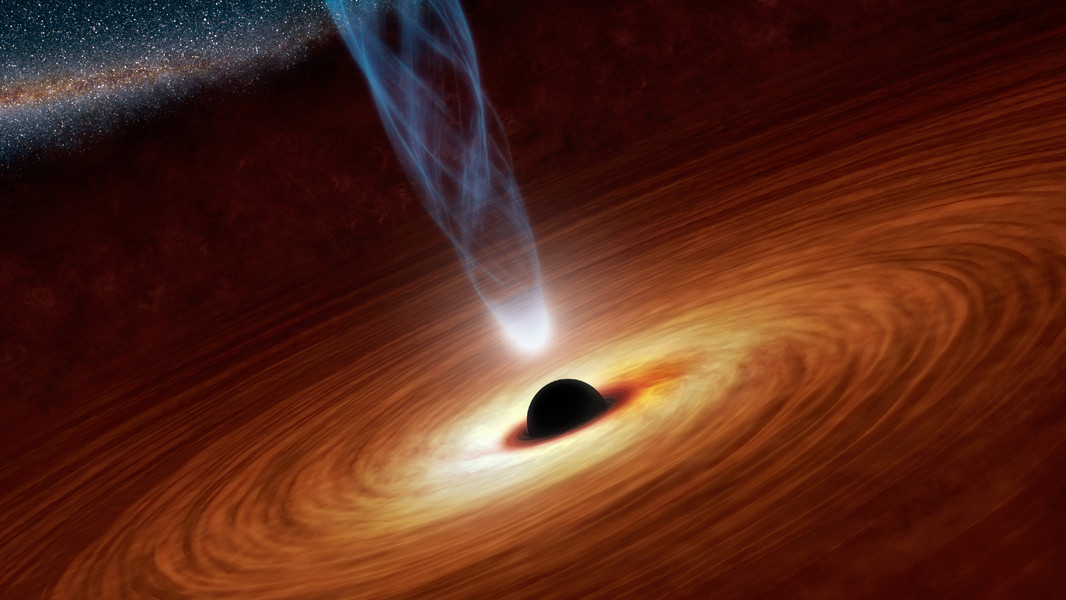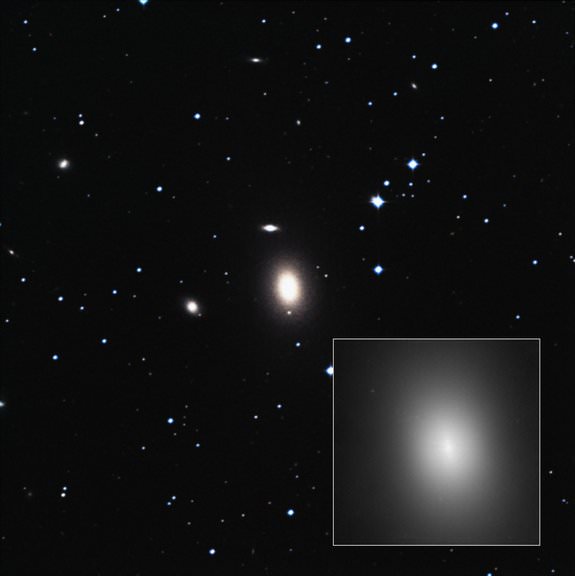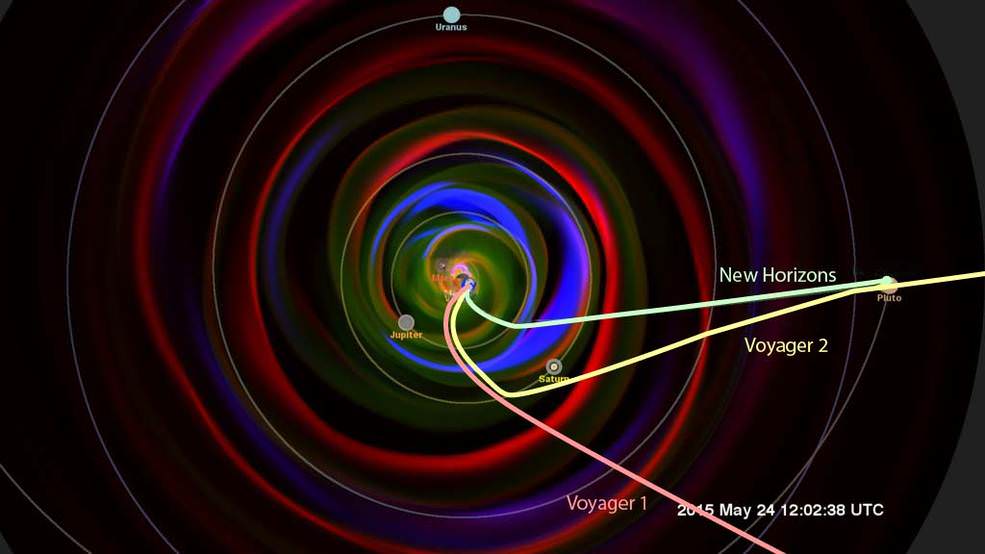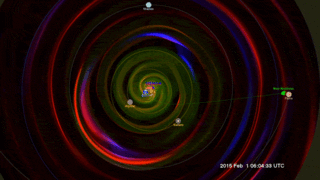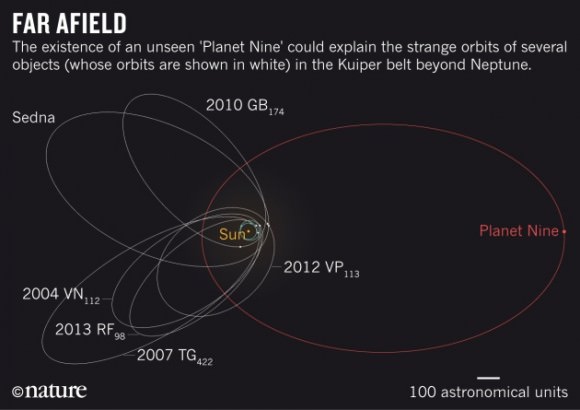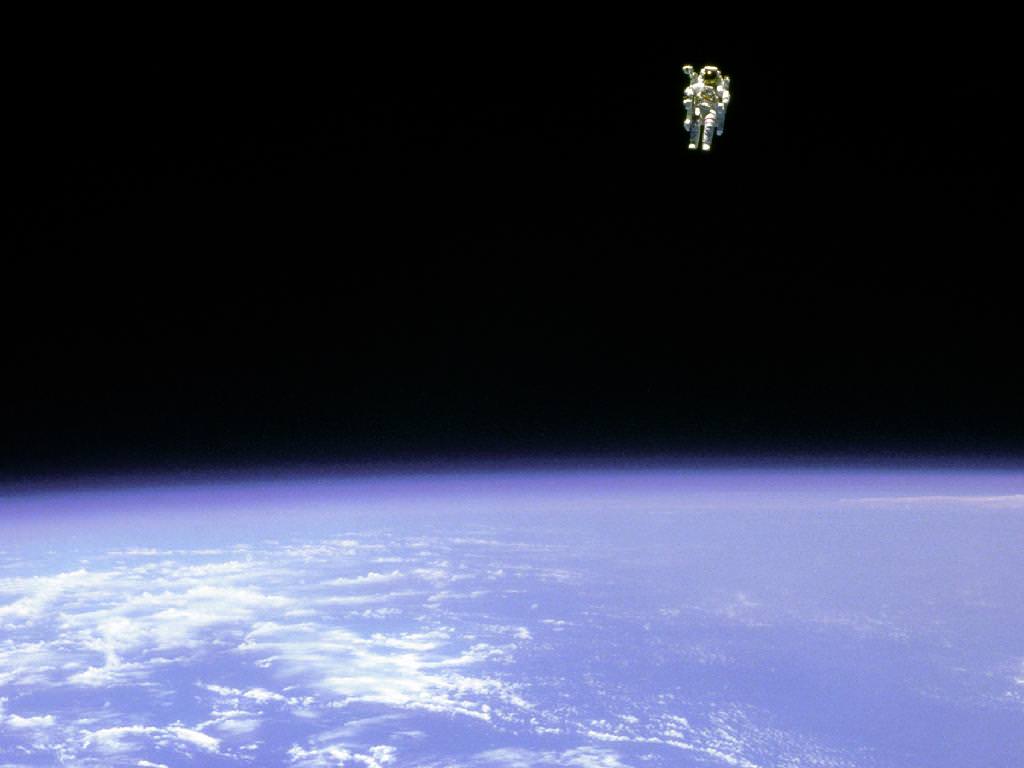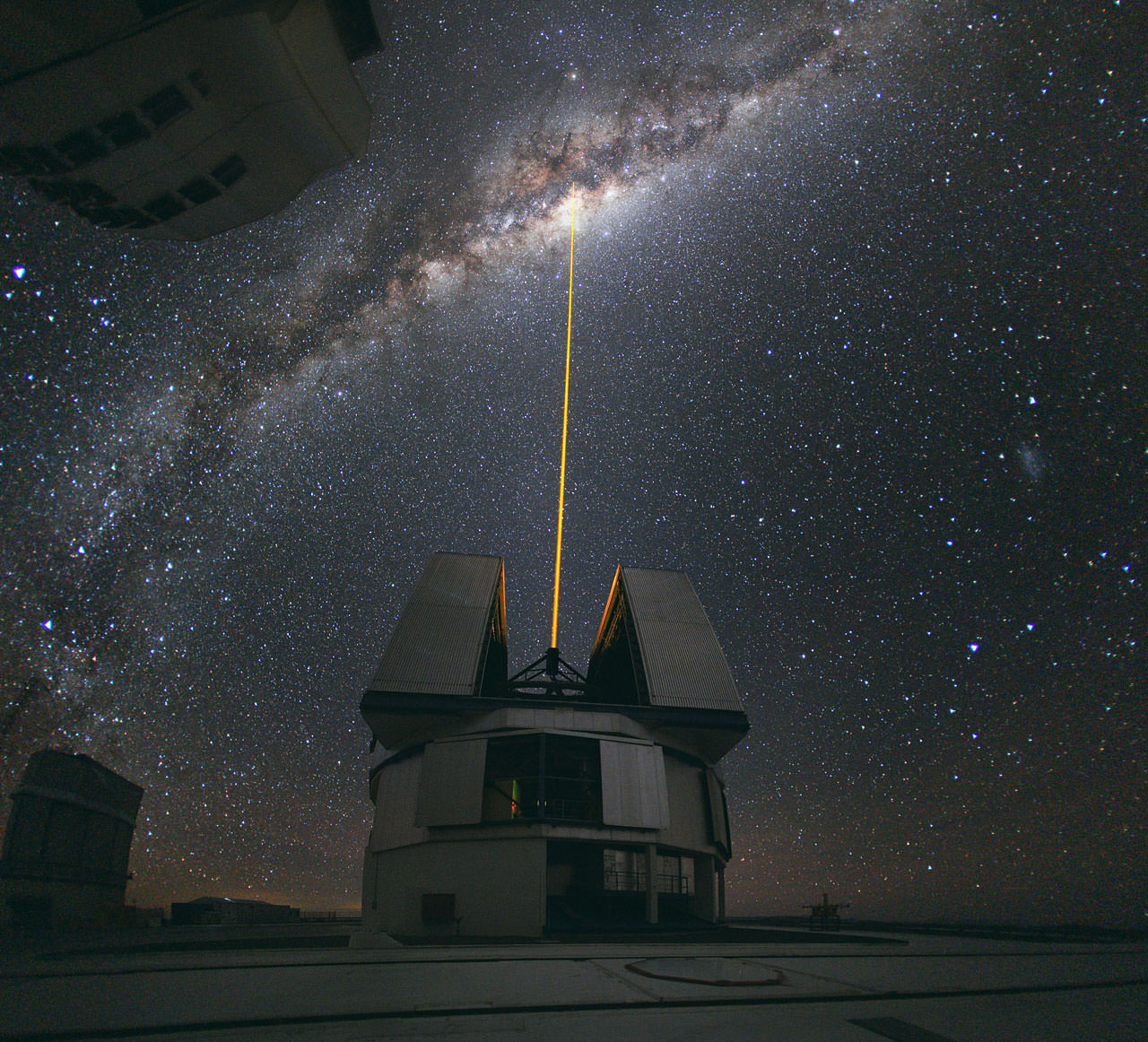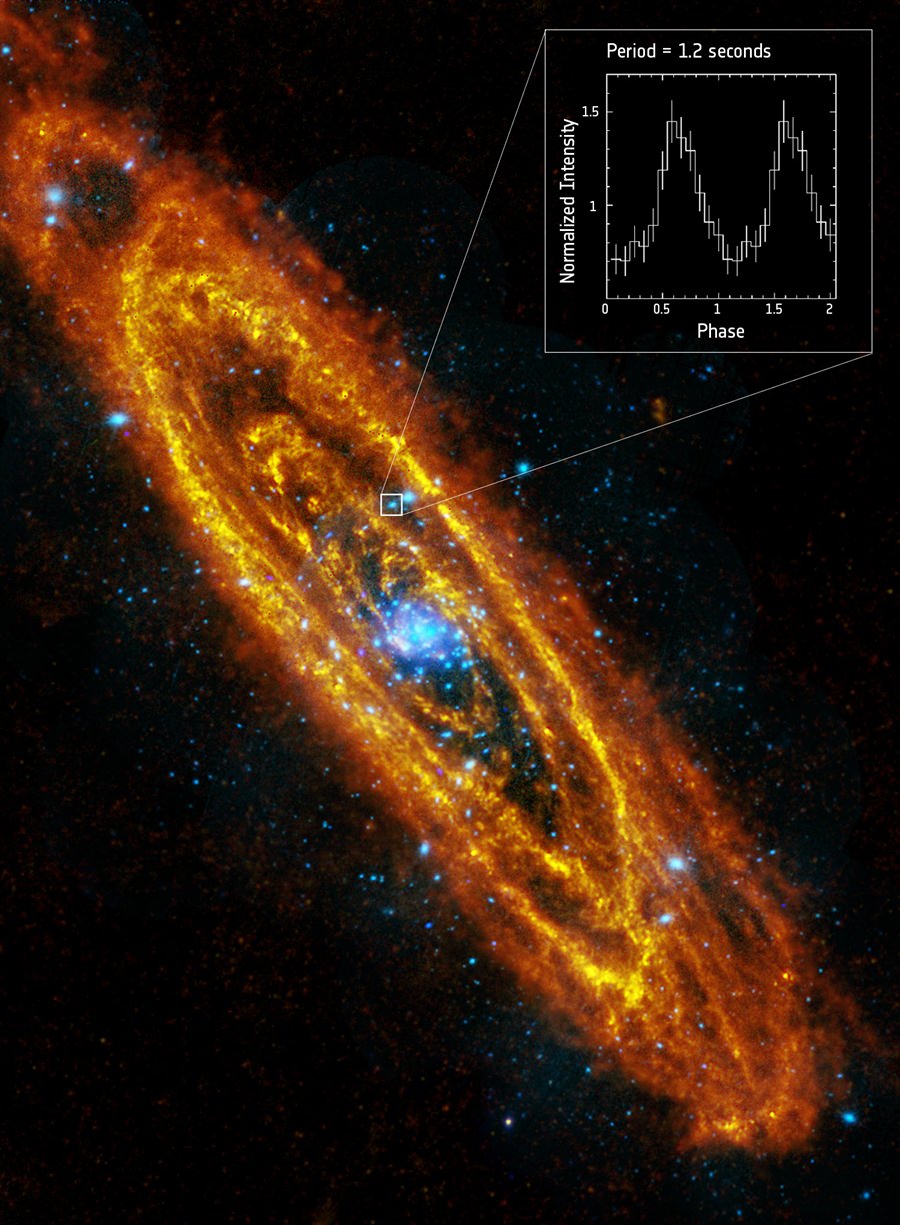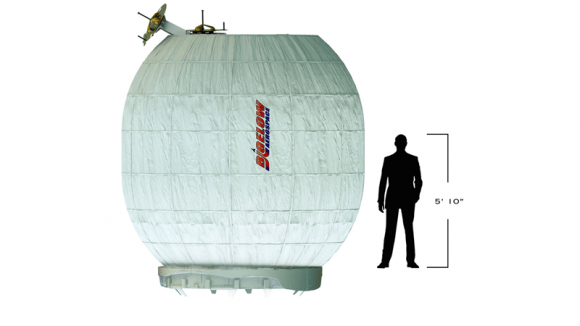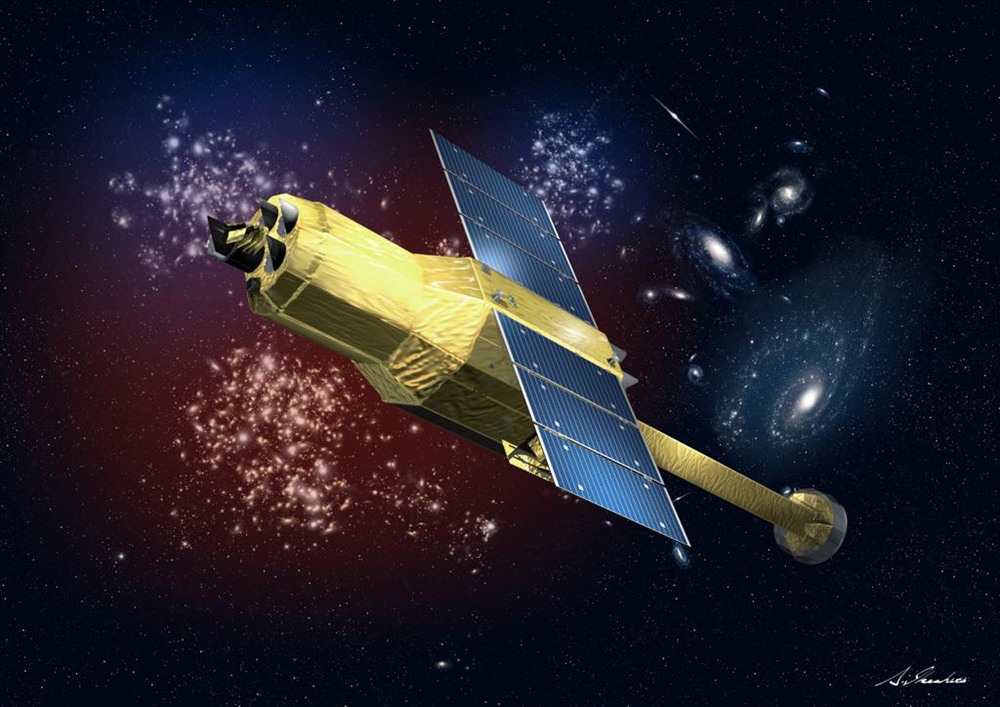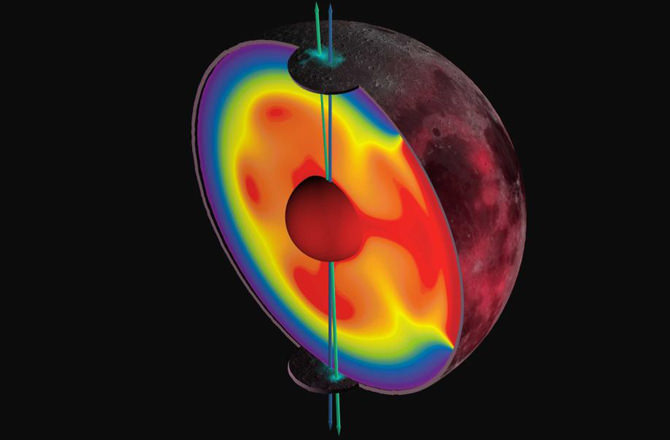It might seem incongruous to find water ice in the disk of gas and dust surrounding a star. Fire and ice just don’t mix. We would never find ice near our Sun.
But our Sun is old. About 5 billion years old, with about 5 billion more to go. Some younger stars, of a type called Herbig Ae/Be stars (after American astronomer George Herbig,) are so young that they are surrounded by a circumstellar disk of gas and dust which hasn’t been used up by the formation of planets yet. For these types of stars, the presence of water ice is not necessarily unexpected.
Water ice plays an important role in a young solar system. Astronomers think that water ice helps large, gaseous, planets to form. The presence of ice makes the outer section of a planetary disk more dense. This increased density allows the cores of gas planets to coalesce and form.
Young solar systems have what is called a snowline. It is the boundary between terrestrial and gaseous planets. Beyond this snowline, ice in the protoplanetary disk encourages gas planets to form. Inside this snowline, the lack of water ice contributes to the formation of terrestrial planets. You can see this in our own Solar System, where the snowline must have been between Mars and Jupiter.
A team of astronomers using the Gemini telescope observed the presence of water ice in the protoplanetary disk surrounding the star HD 100546, a Herbig Ae/Be star about 320 light years from us. At only 10 million years old, this star is rather young, and it is a well-studied star. The Hubble has found complex, spiral patterns in the disk, and so far these patterns are unexplained.
HD 100546 is also notable because in 2013, research showed the probable ongoing formation of a planet in its disk. This presented a rare opportunity to study the early stages of planet formation. Finding ice in the disk, and discovering how deep it exists in the disk, is a key piece of information in understanding planet formation in young solar systems.
Finding this ice took some clever astro-sleuthing. The Gemini telescope was used, with its Near-Infrared Coronagraphic Imager (NICI), a tool used to study gas giants. The team installed H2O ice filters to help zero in on the presence of water ice. The protoplanetary disk around young stars, as in the case of HD 100546, is a mixed up combination of dusts and gases, and isolating types of materials in the disk is not easy.
Water ice has been found in disks around other Herbig Ae/Be stars, but the depth of distribution of that ice has not been easy to understand. This paper shows that the ice is present in the disk, but only shallowly, with UV photo desorption processes responsible for destroying water ice grains closer to the star.
It may seem trite so say that more study is needed, as the authors of the study say. But really, in science, isn’t more study always needed? Will we ever reach the end of understanding? Certainly not. And certainly not when it comes to the formation of planets, which is a pretty important thing to understand.


